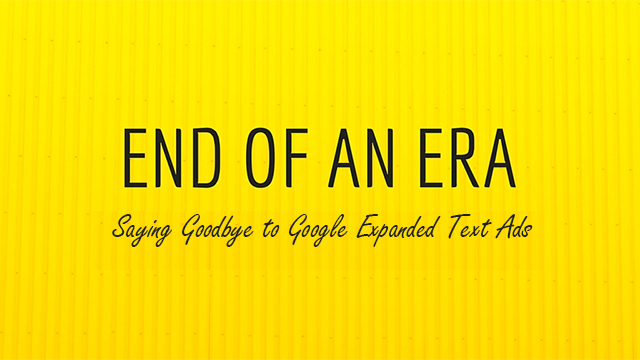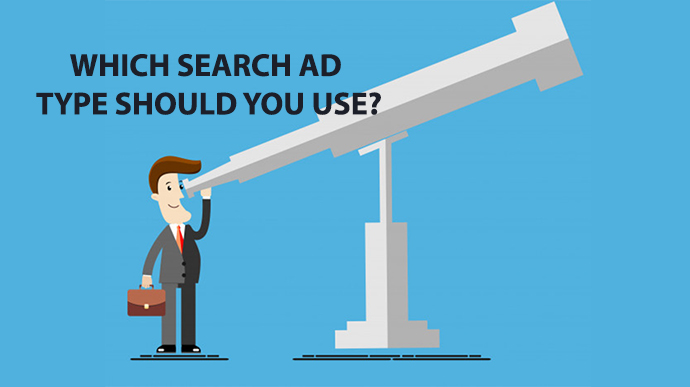
by asplichal | Jul 11, 2022 | Advanced Techniques, Proper Maintenance
As of the beginning of July, Google limited what can be done using Expanded Text Ads. Although Expanded Text Ads still can display, advertisers can no longer create new ads or modify existing expanded text ads. If you are not actively using Google, you may not realize the full ramifications of this change. In a […]

by asplichal | Oct 29, 2019 | Advanced Techniques, eCommerce
Google’s Search Text Ads Search text ads are Google’s original ad type. These are the text ads that appear just below the search bar and typically above the organic results. Search text ads are eligible to display based on keywords that an advertiser enters that Google matches with a user’s query using a real-time auction […]


